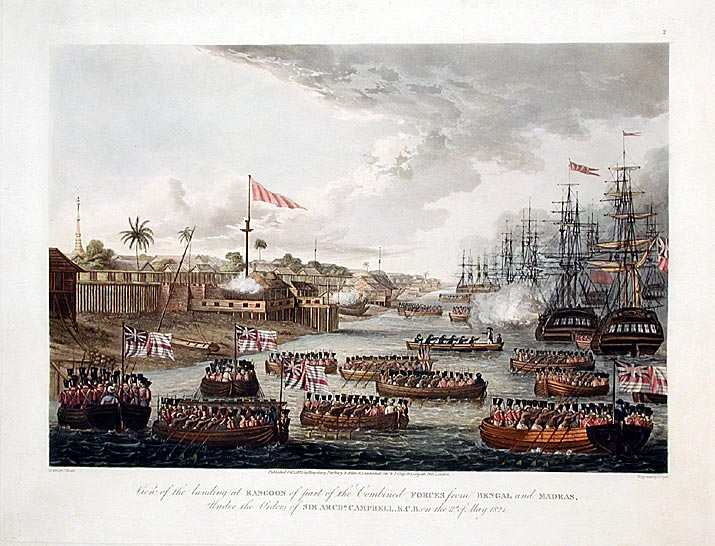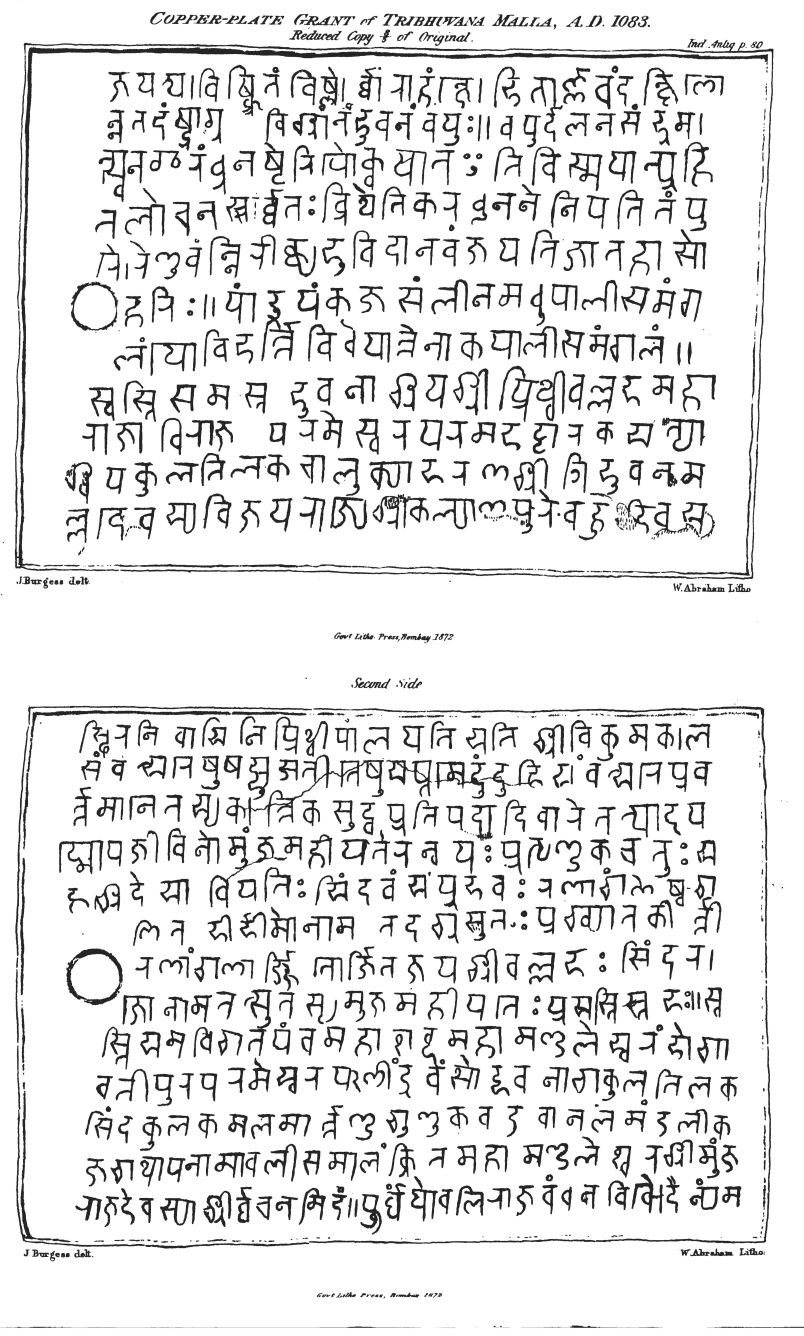|
Rama III
Nangklao (born Thap; 31 March 1788 – 2 April 1851), also known by his regnal name Rama III, was the third king of Siam from the Chakri dynasty, ruling from 21 July 1824 to 2 April 1851. Nangklao was the eldest surviving son of King Rama II. His mother Sri Sulalai was one of Rama II's secondary wives. Nangklao was likely designated as heir by his father. His accession was uncontested and smoothly confirmed by the grand council. Foreign observers, however, falsely perceived him as having usurped the prior claim of his younger half-brother Prince Mongkut, who was born to Queen Sri Suriyendra and thus " legitimate" according to Western customs. Under the old concept of Thai monarchy, however, a proper king must emulate Maha Sammata in that he must be "elected by the people." Ironically, Mongkut may have later contributed to this misconception, when he feared that his own accession might be perceived by foreign observers as a usurpation. During Nangklao's reign, the military heg ... [...More Info...] [...Related Items...] OR: [Wikipedia] [Google] [Baidu] |
Grand Palace
The Grand Palace (, Royal Institute of Thailand. (2011). ''How to read and how to write.'' (20th Edition). Bangkok: Royal Institute of Thailand. . ) is a complex of buildings at the heart of Bangkok, Thailand. The palace has been the official royal residence, residence of the Monarchy of Thailand, Kings of Siam (and later Thailand) since 1782. The king, his Court (royal), court, and his royal government were based on the grounds of the palace until 1925. King Bhumibol Adulyadej (Rama IX), resided at the Chitralada Royal Villa and his successor King Vajiralongkorn (Rama X) resides at the Amphorn Sathan Residential Hall, both in the Dusit Palace, but the Grand Palace is still used for official events. Several royal ceremonies and state functions are held within the walls of the palace every year. The palace is one of the most popular tourist attractions in Thailand, with over eight million people visiting each year. Construction of the palace began on 6 May 1782, at the order o ... [...More Info...] [...Related Items...] OR: [Wikipedia] [Google] [Baidu] |
Dharmaśāstra
''Dharmaśāstra'' () are Sanskrit Puranic Smriti texts on law and conduct, and refer to treatises (shastras, śāstras) on Dharma. Like Dharmasūtra which are based upon Vedas, these texts are also elaborate law commentaries based on vedas, Dharmashastra themselves evolved from dharmshutra. There are many Dharmashastras, variously estimated to number from 18 to over 100. Each of these texts exists in many different versions, and each is rooted in Dharmasutra texts dated to the 1st millennium BCE that emerged from Kalpa (Vedanga) studies in the Vedic era. The textual corpus of Dharmaśāstra were composed in poetic verse, and are part of the Hindu Smritis, constituting divergent commentaries and treatises on ethics particularly duties, and responsibilities to oneself and family as well as those required as a member of society. The texts include discussion of Ashrama (stage), ashrama (stages of life), varna (Hinduism), varna (social classes), Puruṣārtha, purushartha (proper g ... [...More Info...] [...Related Items...] OR: [Wikipedia] [Google] [Baidu] |
Uparaja
Uparaja is a noble title reserved for the viceroy in India and the Buddhist dynasties in Burma, Cambodia, Laos and Thailand, as well as some of their minor tributary kingdoms. It is ultimately from Sanskrit उपराज ''upa- rāja'' equivalent to and respectively in Latin. India The viceroy in the Indian Magadha Empire was titled Uparaja (lit. vice king). Burma The Great Deputy King, in full Maha Uparaja Anaukrapa Ainshe Min, incorrectly interpreted as Crown Prince by Europeans, and addressed as His Royal Highness, was the single highest rank among the Min-nyi Min-tha, i.e. princes of the royal blood. It is shortened to Ainshe Min (, ). However, the position was not reserved for the highest birth rank (if there is one, ''Shwe Kodaw-gyi Awratha'', i.e. eldest son of the sovereign, by his chief Queen), nor did it carry a plausible promise of succession, which was usually only settled in an ultimate power struggle. Cambodia The word Ouparach () is derived from both Sanskr ... [...More Info...] [...Related Items...] OR: [Wikipedia] [Google] [Baidu] |
Maha Senanurak
Maha Senanurak (; 29 March 1773 – 16 July 1817) was a Viceroy appointed by his brother Phutthaloetla Naphalai as the titular heir to the throne. Maha Senanurak was known for his leadership of the Siamese campaign against the Burmese invasion of Thalang in 1809. Early life Chui was born to Chao Phraya Chakri (future King Phutthayotfa Chulalok or Rama I) and his wife Nak (future Queen Amarindra) in 1773. In 1782, Chao Phraya Chakri crowned himself as the first monarch of the Chakri dynasty of Siam at Bangkok. Chui was then made a prince. He was later awarded the title ''Krom Khun'' Senanurak. Prince Senanurak was known to be close to his only true brother Prince and Front Palace Isarasundhorn (future Phutthaloetla Naphalai or Rama II). In 1807 Prince Isarasundhorn made his brother Prince Senanurak his successor to the Front Palace (). In 1809, King Phutthayotfa Chulalok died. As a result, the Front Palace Isarasundhorn ascended the throne as King. The new King appointed Pr ... [...More Info...] [...Related Items...] OR: [Wikipedia] [Google] [Baidu] |
Bhikkhu
A ''bhikkhu'' (, ) is an ordained male in Buddhist monasticism. Male, and female monastics (''bhikkhunī''), are members of the Sangha (Buddhist community). The lives of all Buddhist monastics are governed by a set of rules called the pratimokṣa, prātimokṣa or pāṭimokkha, pātimokkha. Their lifestyles are shaped to support their spiritual practice: to live a simple and meditative life and attain Nirvana (Buddhism), nirvana. A person under the age of 20 cannot be ordained as a bhikkhu or bhikkhuni but can be ordained as a samanera, śrāmaṇera or śrāmaṇērī. Definition ''Bhikkhu'' literally means "begging, beggar" or "one who lives by dāna, alms". The historical Buddha, Gautama Buddha, Prince Siddhartha, having abandoned a life of pleasure and status, lived as an alms mendicant as part of his śramaṇa lifestyle. Those of his more serious students who renounced their lives as householders and came to study full-time under his supervision also adopted this lifest ... [...More Info...] [...Related Items...] OR: [Wikipedia] [Google] [Baidu] |
Napoleon
Napoleon Bonaparte (born Napoleone di Buonaparte; 15 August 1769 – 5 May 1821), later known by his regnal name Napoleon I, was a French general and statesman who rose to prominence during the French Revolution and led Military career of Napoleon, a series of military campaigns across Europe during the French Revolutionary and Napoleonic Wars from 1796 to 1815. He led the French First Republic, French Republic as French Consulate, First Consul from 1799 to 1804, then ruled the First French Empire, French Empire as Emperor of the French from 1804 to 1814, and briefly again in 1815. He was King of Italy, King of Kingdom of Italy (Napoleonic), Italy from 1805 to 1814 and Protector of the Confederation of the Rhine, Protector of the Confederation of the Rhine from 1806 to 1813. Born on the island of Corsica to a family of Italian origin, Napoleon moved to mainland France in 1779 and was commissioned as an officer in the French Royal Army in 1785. He supported the French Rev ... [...More Info...] [...Related Items...] OR: [Wikipedia] [Google] [Baidu] |
Kromma Tha
Chatusadom or Catustambha ( , literally "Four Pillars" from Sanskrit ''Catur'' "Four" + ''Stambha'' "Pillars") was the Thai system of central executive governance during the Ayutthaya Kingdom, Thonburi Kingdom and Rattanakosin Kingdom from 1454 to 1892. For about four hundred years, it had served as the constitution of central government of Siam or Thailand until King Chulalongkorn organized ''Chatusadom'' into modern ministries and officially established the Cabinet on April 1, 1892. The ''Chatusadom'' system King Trailokanat promulgated the constitution of ''Chatusadom'' in his Palatine Law, or ''Phra aiyakan tamnaeng na phonlaruean'' (), with the promulgation date being 1454. The original written law had been lost, however. ''Chatusadom'' went through subsequent amendments over time and King Rama I enacted the Palatine Law in the Three Seals Law, from which the ''Chatusadom'' was mostly studied. The ''Chatusadom'' bureaucracy was divided into ''Phonlaruean'' () or Civil Aff ... [...More Info...] [...Related Items...] OR: [Wikipedia] [Google] [Baidu] |
Thai Royal Ranks And Titles
The precedence of Thai royalty follows a system of ranks known as ''thanandon'' (), which are accompanied by royal titles. The Sovereign There are two styles which can be used for a king in ordinary speech, depending on whether he has been crowned: *Crowned kings: ''Phra Bat Somdet Phra Chao Yu Hua'' ( เจ้า; ) is the style used in ordinary speech when referring to the kings of Thailand after their coronation. This style may be used in two ways: **Preceding the name of the king; e.g., ''Phra Bat Somdet Phra Chao Yu Hua Phumiphon Adunyadet'' (; His Majesty King Bhumibol Adulyadej). **More formally it can be split across the name, possibly with the omission (or modification) of the words ''"Phra Chao Yu Hua"''; e.g., ''Phra Bat Somdet Phra Paramintara Maha Phumiphon Adunyadet'' () and ''Phra Bat Somdet Phra Paramindara Maha Prajadhipok Phra Pokklao Chao Yu Hua'' (). *Uncrowned kings: ''Somdet Phra Chao Yu Hua'' (), normally preceding the king's name, is restricted to a king ... [...More Info...] [...Related Items...] OR: [Wikipedia] [Google] [Baidu] |
Sanskrit
Sanskrit (; stem form ; nominal singular , ,) is a classical language belonging to the Indo-Aryan languages, Indo-Aryan branch of the Indo-European languages. It arose in northwest South Asia after its predecessor languages had Trans-cultural diffusion, diffused there from the northwest in the late Bronze Age#South Asia, Bronze Age. Sanskrit is the sacred language of Hinduism, the language of classical Hindu philosophy, and of historical texts of Buddhism and Jainism. It was a lingua franca, link language in ancient and medieval South Asia, and upon transmission of Hindu and Buddhist culture to Southeast Asia, East Asia and Central Asia in the early medieval era, it became a language of religion and high culture, and of the political elites in some of these regions. As a result, Sanskrit had a lasting effect on the languages of South Asia, Southeast Asia and East Asia, especially in their formal and learned vocabularies. Sanskrit generally connotes several Indo-Aryan languages# ... [...More Info...] [...Related Items...] OR: [Wikipedia] [Google] [Baidu] |
Pretender
A pretender is someone who claims to be the rightful ruler of a country although not recognized as such by the current government. The term may often be used to either refer to a descendant of a deposed monarchy or a claim that is not legitimate.Curley Jr., Walter J. P. ''Monarchs-in-Waiting''. New York, 1973, pp. 4, 10. . In addition, it may also refer to that of a deposed monarch, a type of claimant referred to as head of a house. In addition, it may also refer to a former monarchy. Queen Anne popularized this word, using it to refer to her Roman Catholic half-brother James Francis Edward Stuart, the Jacobite heir, in an address to Parliament in 1708: "The French fleet sailed from Dunkirk ... with the Pretender on board." In 1807 the French Emperor Napoleon complained that the '' Almanach de Gotha'' continued to list German princes whom he had deposed. This episode established that publication as the pre-eminent authority on the titles of deposed monarchs and nobility, m ... [...More Info...] [...Related Items...] OR: [Wikipedia] [Google] [Baidu] |







